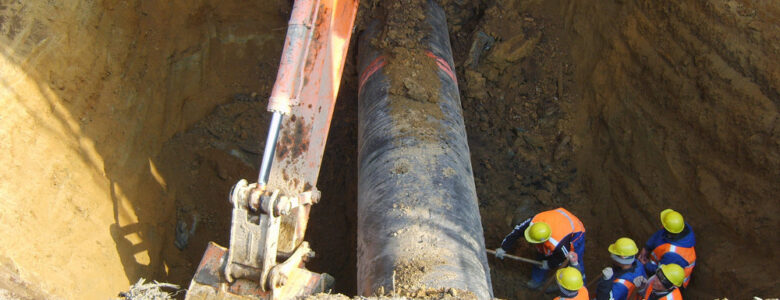Despite environmental concerns, pipelines are still the best way to transport fluids across long distances in today’s environment, and investment in energy supplies will continue to return dividends in 2023. With increasing measures taken to ensure environmental safety, pipelines remain the greenest way to bring energy supplies to market, with a tiny fraction of the carbon emissions of truck, ship, or plane transportation.
Pipeline corrosion is a prime consideration for pipelines when looking at projects to invest in for your business. Pipeline corrosion alone costs the U.S. economy more than $9 billion each year. Many factors from the outside affect pipelines, most notably temperature differences from the interior of the pipeline. The differential expansion between the inside and outside can cause increased stress, resulting in wear and pipeline corrosion fatigue and failure. Pipeline leaks are one of the most prominent causes of negative PR for your company, which makes it essential that pipelines are maintained and inspected regularly.
Regular Maintenance Is Important
In Beaver County, PA, in 2018, a 24-inch LP pipeline exploded. The fire during heavy rain caused a mudslide, damaging nearby homes and infrastructure as well as wilderness. The pipeline company could easily have avoided this simply by keeping up with its regular maintenance requirements, detecting and staying ahead of fatigue damage. Faulty pipelines open companies to significant liability and capital loss. If a pipeline bursts, it can take production offline for days until it can be repaired, as well.
Choosing The Right Pipe Saddles
Pipe saddles must be matched to the pipe for the best effect. Galvanic pipeline corrosion – corrosion of the material of the pipe because of galvanic current between the pipe’s material and the material of the saddle – can slowly eat at the metal and cause a pipeline leak or burst if left undetected and unchecked for long enough. Galvanic corrosion was first discovered in 1763 when an inspection of the copper-sheathed bottom of the HMS Alarm revealed that the iron nails holding the sheathing to the ship had corroded preferentially to the copper. With wear pad installation, the corrosive-resistant composite shell isolates the pipe and prevents damage caused by moisture penetration, movement due to expansion, and metal-on-metal contact with the pipe wear support.
If your pipeline’s maintenance needs have been underinvested, now is the time to change that. A damaged or degraded pipeline can cost you a lot more than you think. When energy suppliers are under more scrutiny than ever, maintenance isn’t just an investment in operations, but in the public image as well. Contact us at Dynagard to learn more!



Leave a Reply